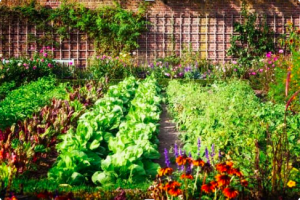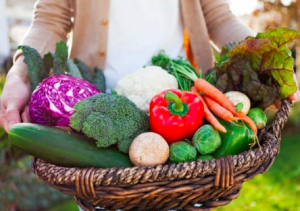Creating a Home With Gardens

Creating a home with gardens is a great way to create an outdoor space that is both scenic and relaxing. The addition of a garden to home also serves as a romantic backdrop for a romantic dinner.
The added benefit of having a garden is that it adds value to the property. Gardening has many benefits. Here are some of them.
Biodiversity of home gardens

A study on biodiversity in home gardens found that 60 out of the sixty sites had an exceptionally diverse layer of useful plant species. In total, 133 species were recorded across the study sites, with trees comprising the greatest percentage (57.4%), followed by herbs, shrubs, and climber vines (22.5%).
Of these, most were edible, while the remaining species were cultivated or in the habit of succulent plants and grasses.
For the study, we measured the diversity of home gardens at three different disturbance levels: high, medium, and low. We recorded the number of species for each quadrat, and calculated their mean numbers and frequencies to derive the diversity index.
This index then showed the degree of significance between the three disturbances, with higher values indicating greater diversity. We also calculated the Shannon and Weaver (1963) index of diversity, as well as Simpson’s (1949) index of dominance, which accounted for 78.7% of the variance.
Contribution to the household food supply

Household gardens are an understudied subsystem of larger food procurement systems. Their primary goal is to produce food for household consumption that is not readily available from permanent or shifting field agriculture, hunting, gathering, livestock husbandry, or wage-earning.
These gardens supplement subsistence needs and contribute to household income. However, they do not grow as much as on a traditional farm and should be treated with care. The articles in this issue explore gardening systems in four continents.
The authors report that the majority of households cultivate at least one garden. They found that migrants who have been living in the city for more than five years were more likely to cultivate a garden, and their time lag to cultivate it was longer.
On average, migrants lived in Lusaka for 7.3 years before starting a garden. The time lag was longer for households growing vegetables in rainy seasons, while the median time lag for planting crops was 5.4 years.
Impact on women’s income

One recent study sought to quantify the impact of home gardens on women’s income by comparing households that remained in receipt of food assistance with those that did not.
The authors found that home gardens increased women’s incomes by an average of 18% after one year. Despite the findings, more research is needed to determine the long-term effects of home gardens on gender and nutrition. But what exactly is a home garden?
The World Vegetable Center implemented this project in Bangladesh. The researchers partnered with several non-profit organizations and trained over 10,000 women in vegetable growing. In addition to increasing women’s income, home gardens helped them reduce the amount of money they spend on food.
The impact of home gardens on women’s incomes was not immediate and would continue to be measured over five years. It remains unclear how much this training and equipment will cost, but it is likely to be high.
Impact on women’s autonomy
Food security and women’s autonomy are closely linked. They are both related to economic, social, and cultural constraints, and they all intersect with politics. Food security and autonomy are interrelated, yet often treated separately.
Intersectionality analysis takes into account ethnicity, geography, and gender, and focuses on the intersection of those factors. In this way, the impact of home gardens on women’s food security is explored on several levels.
In some developing countries, economic and social autonomy is hindered by a lack of equal opportunity for work and remuneration. Women are still expected to contribute to household expenses, including food.
Men, on the other hand, tend to control household finances, and allocate only staple foods. While men are expected to make large purchases, they generally acknowledge that women’s inputs are essential for their economic autonomy.
Conclusion
We appreciate you taking the time to read!
Finally, we hope you found this article interesting? And what do you think about ”Creating a Home With Gardens”
Please feel free to share your thoughts with us in the box below.
Check the facts
With accuracy and impartiality, we endeavour to deliver the most up-to-date essential information.
Please contact us if you would like to contribute to this article or advertise with us.
And let us know if you notice something that isn’t quite right.













